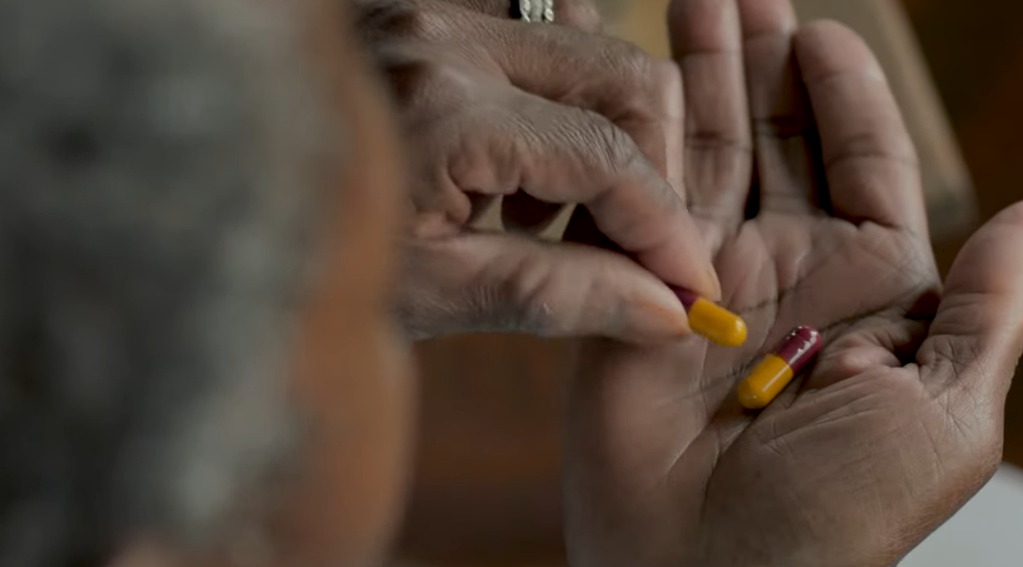A young, aspirational chemist named Harmon Northrop Morse synthesized acetaminophen in 1878 while conducting research at Johns Hopkins. This was the quiet beginning of the drug’s history. Although history would show that the discovery was remarkably effective in changing the face of everyday healthcare, at the time it seemed like little more than an academic footnote. Like many cultural phenomena, Morse’s molecule would take decades before its full potential was realized, and significance frequently arrives late.
The ability of acetaminophen to alleviate pain and lower fever was confirmed by German physician Joseph von Mering in 1893. Corporate preference, however, stepped in. Acetaminophen remained on the shelf when Bayer, the pharmaceutical giant of the time, decided to put phenacetin on the market instead. That decision greatly diminished its initial recognition and serves as a reminder that visibility is frequently determined more by commercial ambition than by scientific merit. Acetaminophen, despite its safer profile, was overlooked, much like artists whose genius is overlooked in their early careers.
Table: Biography and Professional Background
| Name | Harmon Northrop Morse |
|---|---|
| Born | 15 October 1848, United States |
| Died | 8 July 1920 |
| Profession | Chemist, Researcher |
| Known For | First synthesis of acetaminophen (1878) |
| Key Contribution | Reduced p-nitrophenol with tin in glacial acetic acid to produce acetaminophen |
| Legacy | Laid groundwork for Tylenol and Panadol, global household pain relievers |
| Reference | Wikipedia: Paracetamol |

Redemption came in the middle of the 20th century. Two tenacious researchers, Bernard Brodie and Julius Axelrod, examined the compound again while researching the internal metabolism of drugs. They found something very obvious: acetanilide and phenacetin both converted to the much safer acetaminophen. This rediscovery not only significantly changed professional attitudes but was also very effective in building medical trust. In his later Nobel Prize-winning role, Axelrod demonstrated how scientific perseverance can revitalize long-forgotten concepts.
By the 1950s, Tylenol Elixir for Children was introduced by McNeil Laboratories, who took advantage of the situation. The new drug proved especially helpful at a time when children’s use of aspirin posed serious risks. Parents discovered that Tylenol was a reassuring substance that was incredibly dependable during feverish sleepless nights. Families’ stories frequently reflected the same idea: a tiny bottle on the bedside table provided unexpected solace. Other care rituals that characterized postwar households began to resemble it remarkably.
Acetaminophen proved to be incredibly versatile as it spread throughout the world. It was found in multiple-symptom cold medications as well as pain relievers, which are widely available in pharmacies and surprisingly reasonably priced for families of all income levels. It gradually expanded in cultural significance, being equally trusted on movie sets and in suburban kitchens. Acetaminophen became so ubiquitous in society that it was considered a silent member of the family, a remarkably resilient treatment that was used for generations.
Like any person who gains a great deal of trust, it was nevertheless scrutinized. Concerns regarding its use during pregnancy sparked discussion, and reports of liver damage associated with overdoses incited fear. These worries were occasionally heightened by media narratives, but medical professionals constantly underlined that it is safe when used appropriately. The equilibrium between risk and trust became a part of its identity, much like public figures who face criticism but continue to play a vital role in society. Despite testing, the reputation of acetaminophen has significantly improved over the years due to meticulous research and guidance.
With the Chicago Tylenol murders in 1982, it faced its most significant public challenge. Johnson & Johnson’s audacious and open response—recalling products and implementing tamper-proof packaging—was especially creative, even though tampered bottles destroyed consumer confidence. The business transformed the crisis into an opportunity, restoring confidence and changing safety regulations throughout the pharmaceutical sector. The episode demonstrated the power of resilience and reinvention to turn vulnerability into strength—a lesson that applies to both cultural figures navigating scandal and medicine.

